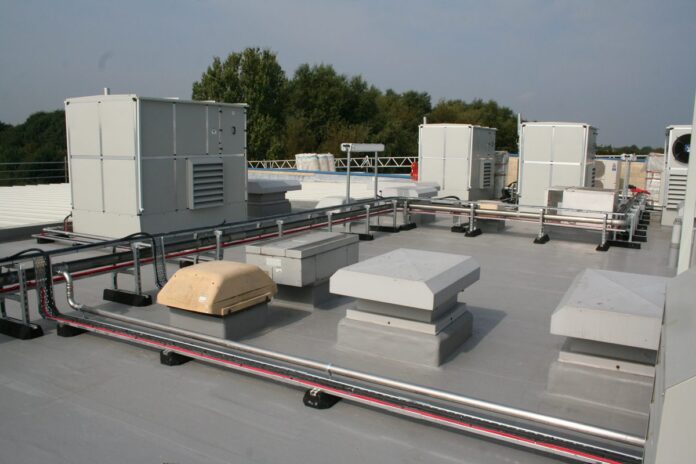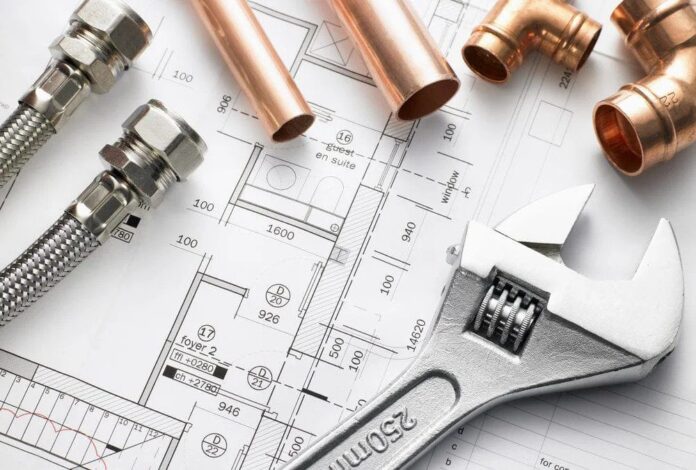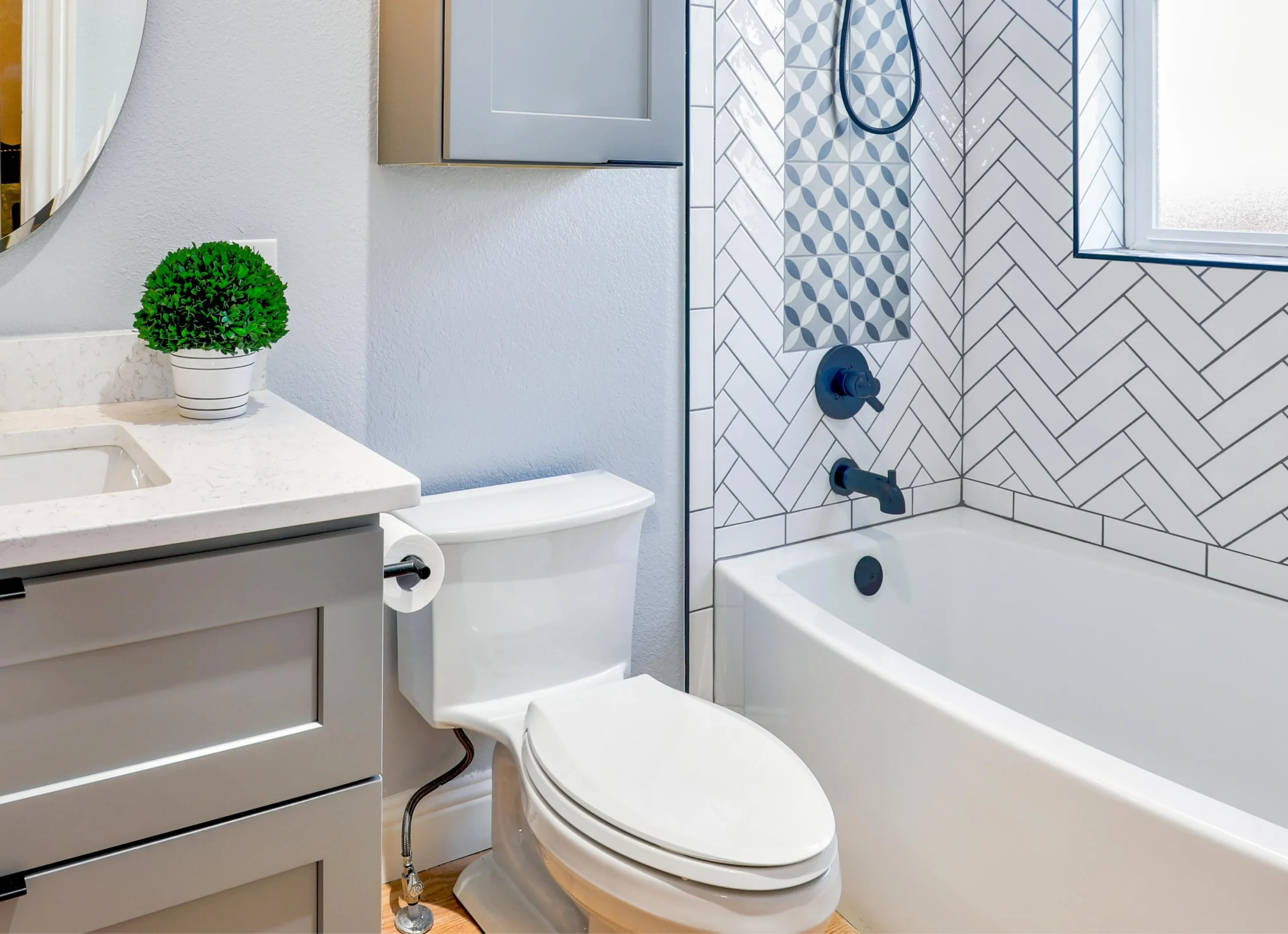Immerse yourself in the magical realm of steam showers, and your everyday bathing routine will instantly transform into a rejuvenating spa-like experience right at home. What was once an exclusive luxury for high-end gyms, spas, and hotels, has now emerged as an increasingly popular home amenity. Steam showers, as the name suggests, utilize a generator to heat water to a boiling point, thereby producing steam. This steam is then channeled into an enclosed space, offering a bevy of health and wellness benefits.
Imagine the blissful experience of being enveloped in a soft cloud of warm steam after a long, tiring day. Not only does this pamper your senses, but it also reaps significant health benefits. The moist heat from Insignia Showers opens up the pores, cleanses the skin, and improves circulation. The steam also soothes stiff muscles, aids in recovery from physical exertion, and promotes better sleep. Moreover, it can provide relief from respiratory ailments, by helping to clear congestion and enhancing lung function.
Assessing Space Requirements and Layout Considerations

Steam showers require thoughtful consideration when it comes to space requirements and layout. Unlike regular showers, these units necessitate an enclosed, insulated space to contain the steam effectively. The typical minimum size for a steam shower is 3 feet by 3 feet, but your choice should ultimately depend on your available space, desired capacity, and personal comfort.
The layout of your shower should facilitate an easy and smooth user experience. Consider the entry and exit points, the placement of seats, and the location of the steam head and controls. A shower should ideally be designed as a personal sanctuary, so elements such as a bench for seating or lounging are crucial for ultimate comfort. Similarly, the steam head should be positioned away from the seating area to prevent direct exposure to hot steam.
It is advisable to have a slightly sloping ceiling, typically no higher than 8 feet, to prevent condensation from dripping onto the users. The slope directs the condensation to flow down the walls, contributing to a comfortable steam experience. The aim is to create a space that embodies tranquility, comfort, and user-friendliness, making every steam bath a therapeutic experience.
Selecting the Right Generator
The generator is responsible for heating the water and creating the steam that defines your shower experience. The size of the generator you need largely depends on the size of the shower enclosure. As a rule of thumb, for every 15 cubic feet of space, you need a 1kW generator.
Consider the location of the generator during your planning phase. It doesn’t necessarily need to be in the bathroom itself but must be within a certain range, typically no more than 25 feet from the shower. It could be in a heated attic, closet, or basement, as long as it’s accessible for maintenance. Choose a location that will cause minimum disruption during installation and one that adheres to the manufacturer’s guidelines regarding clearance and accessibility.
Ventilation and Waterproofing: Essential Elements for a Successful Installation

A successful installation is heavily reliant on adequate ventilation and waterproofing. Ventilation plays a significant role in maintaining the longevity of your bathroom structures and finishing. It helps regulate the humidity levels post-shower, preventing the build-up of mold and mildew.
Invest in a high-quality bathroom exhaust fan, ideally one that’s designed to handle the excess moisture produced by a shower. This can be located inside the shower itself or in the general bathroom area. It’s important to note, however, that the ventilation fan should only be used after a session to preserve the steam during your shower.
Waterproofing is another critical aspect to ensure the durability of your shower. Waterproofing should be executed meticulously in the walls, ceiling, and floor, using moisture-resistant materials like a vapor barrier and cement backer boards. Waterproofing also extends to the door of the shower, which should be well-sealed to prevent steam from escaping. These measures ensure your steam shower structure remains sound and efficient for years to come.
Choosing Suitable Materials for the Enclosure
Tile is a popular choice due to its versatility in style and its heat-retaining properties. Ceramic, porcelain, and stone tiles are particularly well-suited for steam showers. They can withstand the moist, heated environment and are available in an array of designs to match your decor preferences.
The choice of grout is equally important. Epoxy grout is highly recommended for steam showers because it is non-porous and resistant to mold and mildew. This helps maintain the aesthetic appeal of the enclosure while also making it easier to clean and maintain.
The door is another crucial component. It should ideally be constructed from tempered safety glass, which is resistant to heat fluctuations within the shower. The door must be installed to be tight to maintain the integrity of the steam shower experience. With the right materials, your shower can become a delightful combination of style, comfort, and durability.
Planning the Plumbing and Electrical Requirements

When it comes to installing a steam shower, coordinating the plumbing and electrical aspects is crucial. The plumbing considerations primarily involve supplying water to the steam generator and installing a drain for the unit. Ideally, the steam generator requires a cold water supply, and copper or stainless-steel pipes are often preferred due to their durability and resistance to corrosion.
On the electrical side, a dedicated 240V electrical circuit is typically needed for the steam generator, separate from other bathroom appliances. The amperage will depend on the specific requirements of your chosen generator. Professional installation is highly recommended for the electrical setup, as it involves intricate wiring, including connections for the control panel and the generator itself.
User-Friendly Controls and Safety Features

Incorporating user-friendly controls and safety features in your steam shower design is paramount. Modern digital control panels allow users to adjust temperature and steam output, set timers, and even save preferred settings for repeat use. While prioritizing convenience, remember safety. Install a thermostatic mixing valve to prevent scalding. Non-slip floor tiles and a securely anchored seating area can prevent slips and falls. A ventilation switch placed within easy reach and an automatic cut-off feature for overheating are also recommended. These elements not only provide a comfortable and customizable experience but also ensure a safe and secure environment.
Conclusion
Designing and installing a steam shower is an exciting process, but it requires careful consideration and planning. From selecting the right materials to making sure that you have adequate ventilation, there are many practical considerations to make when designing your own personal oasis.









